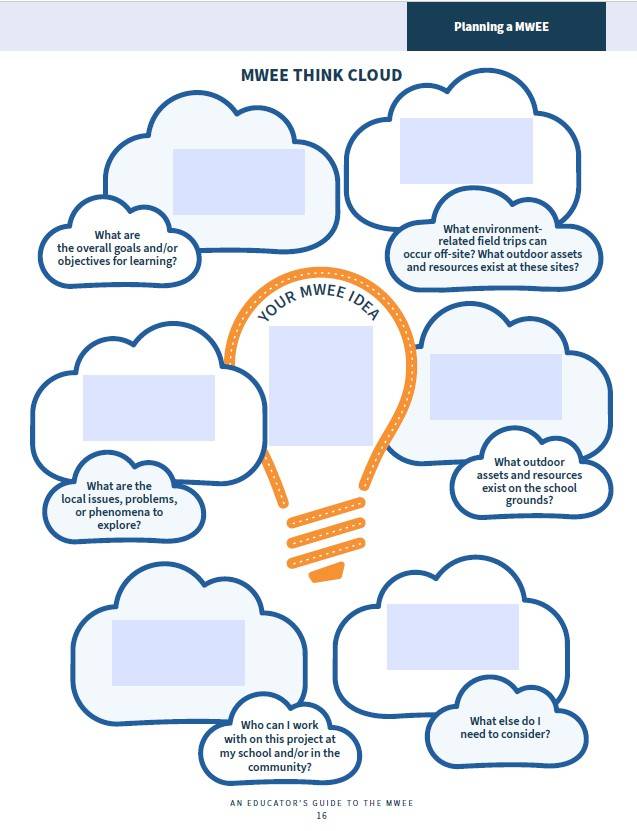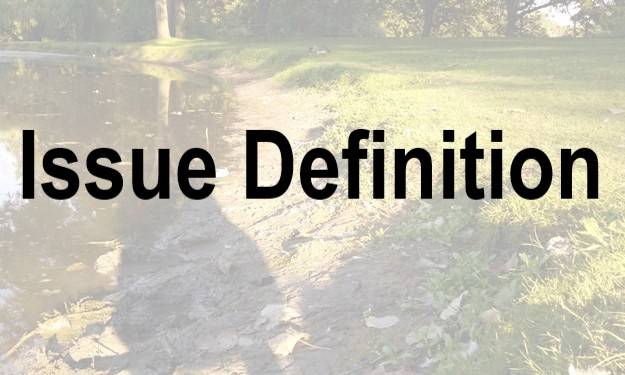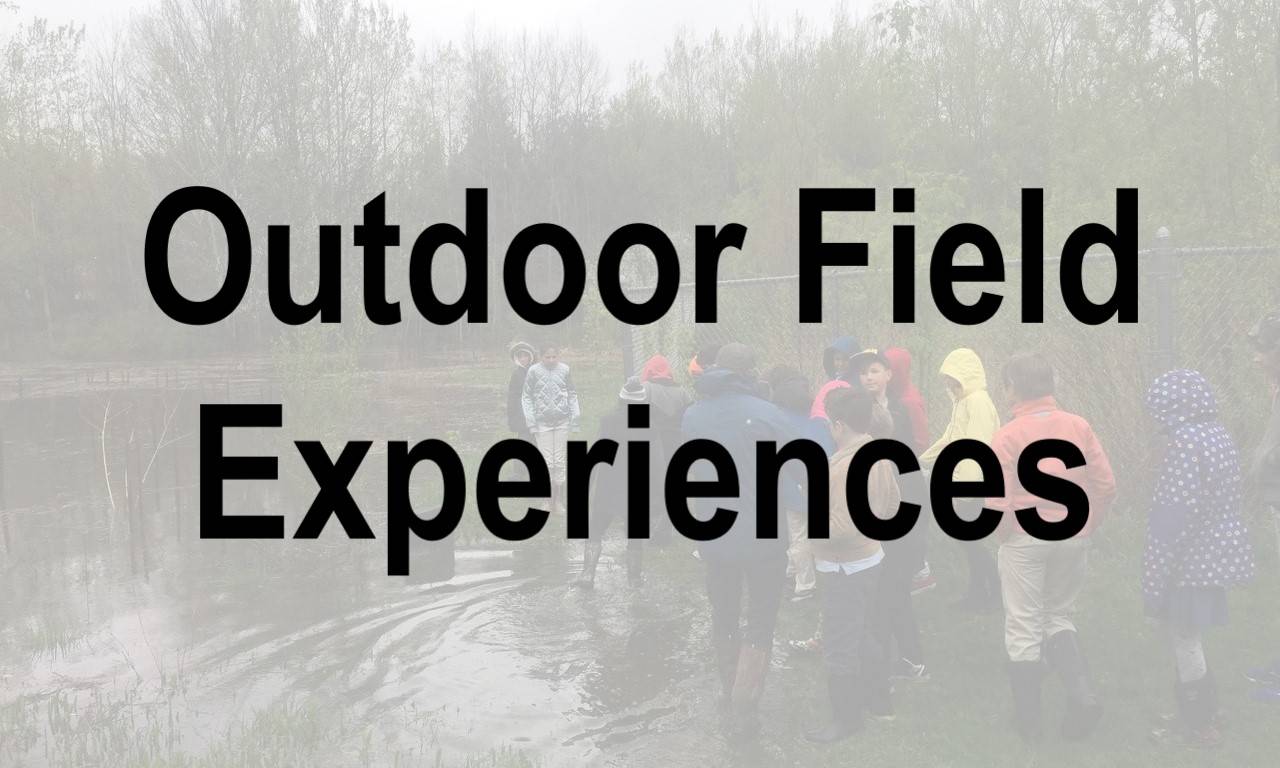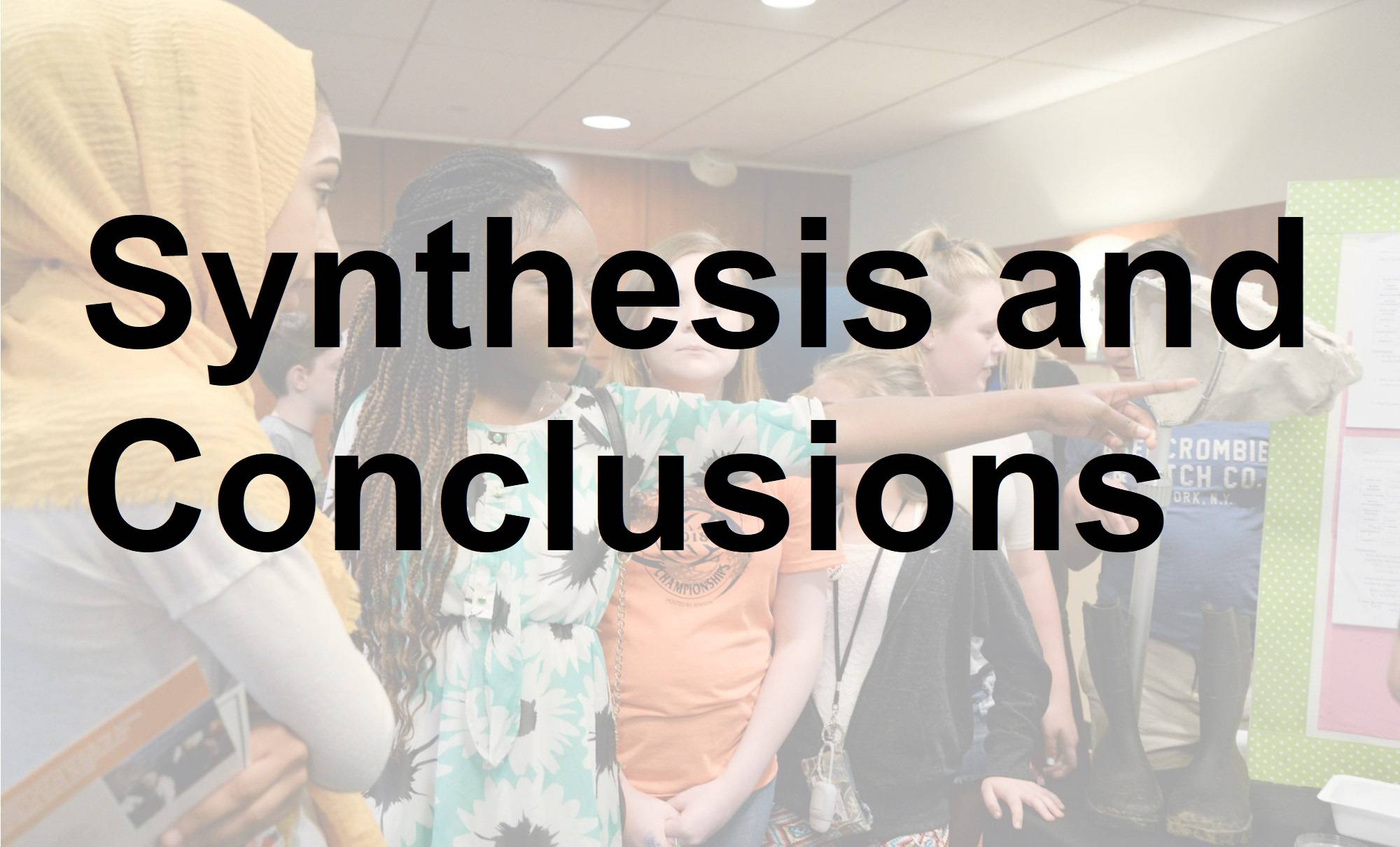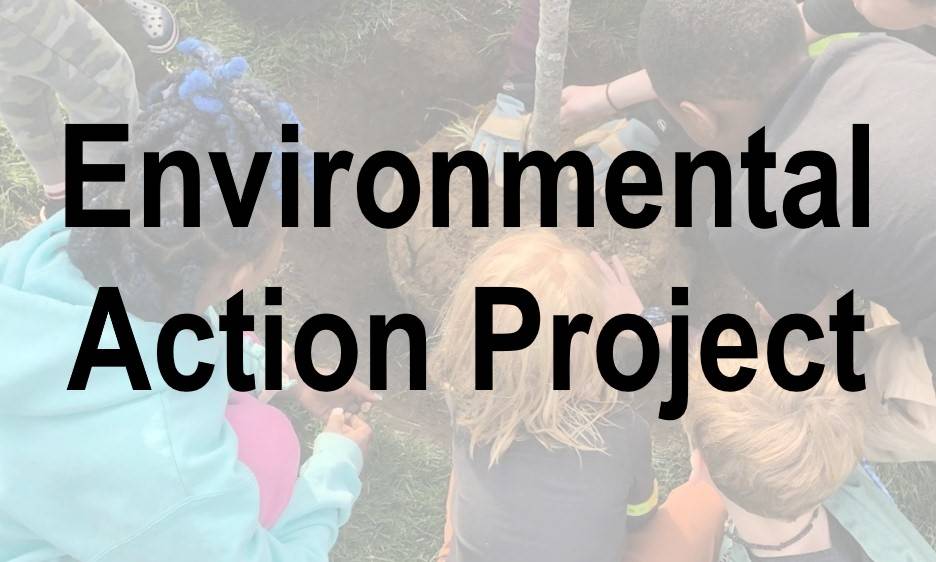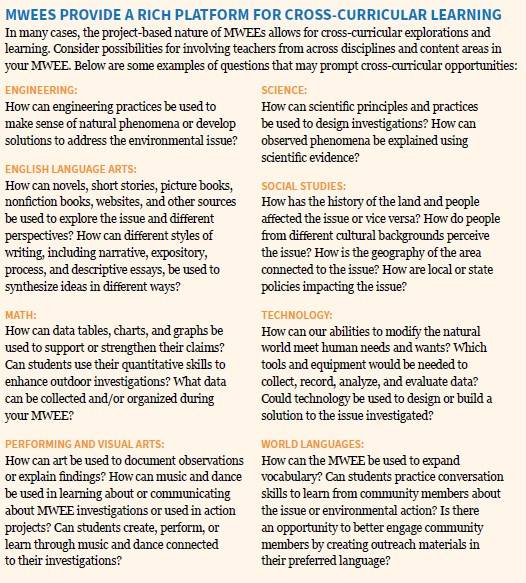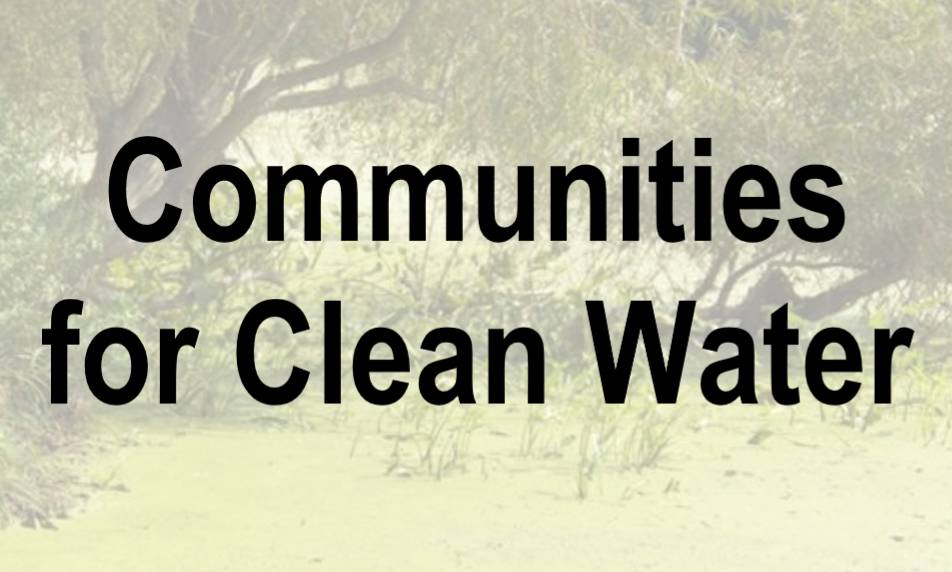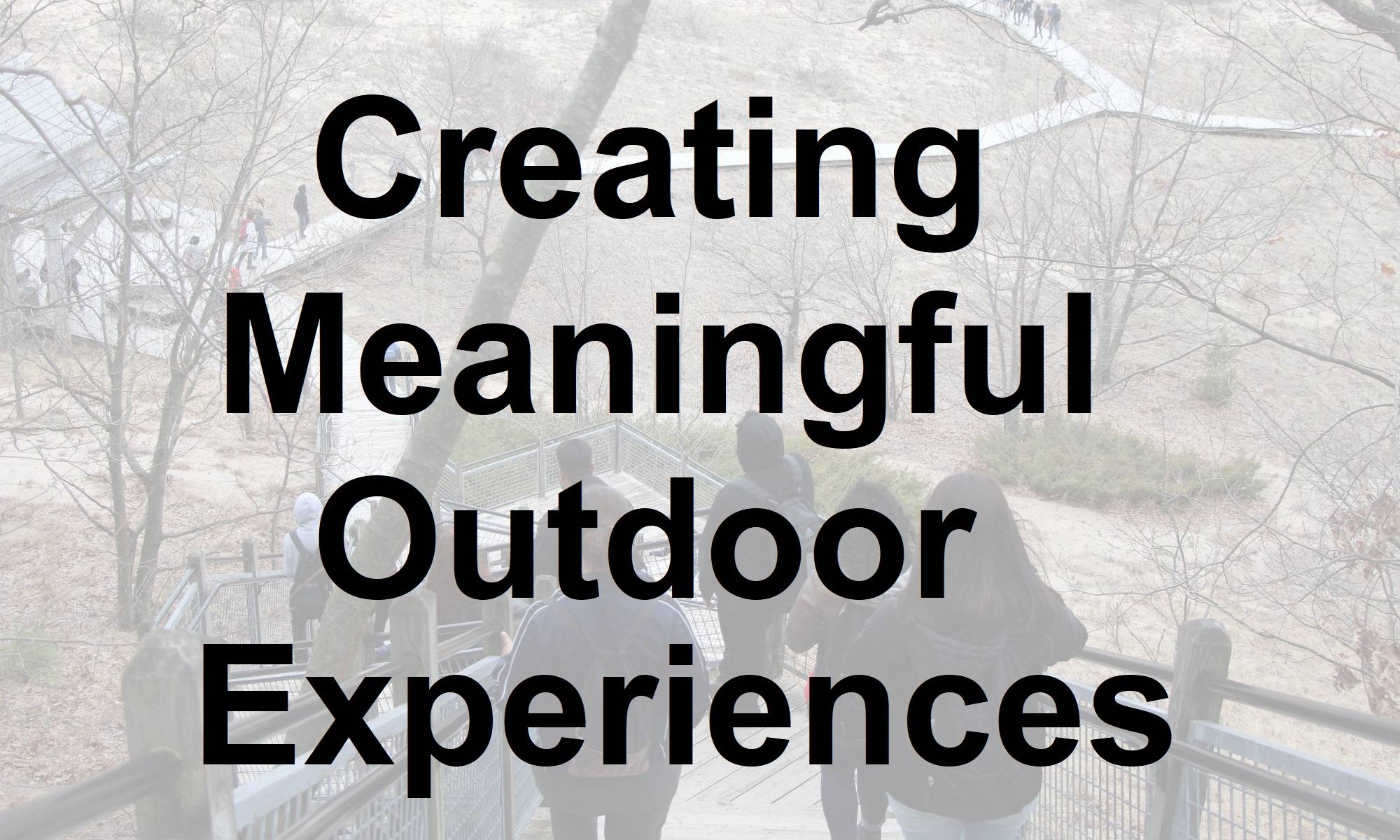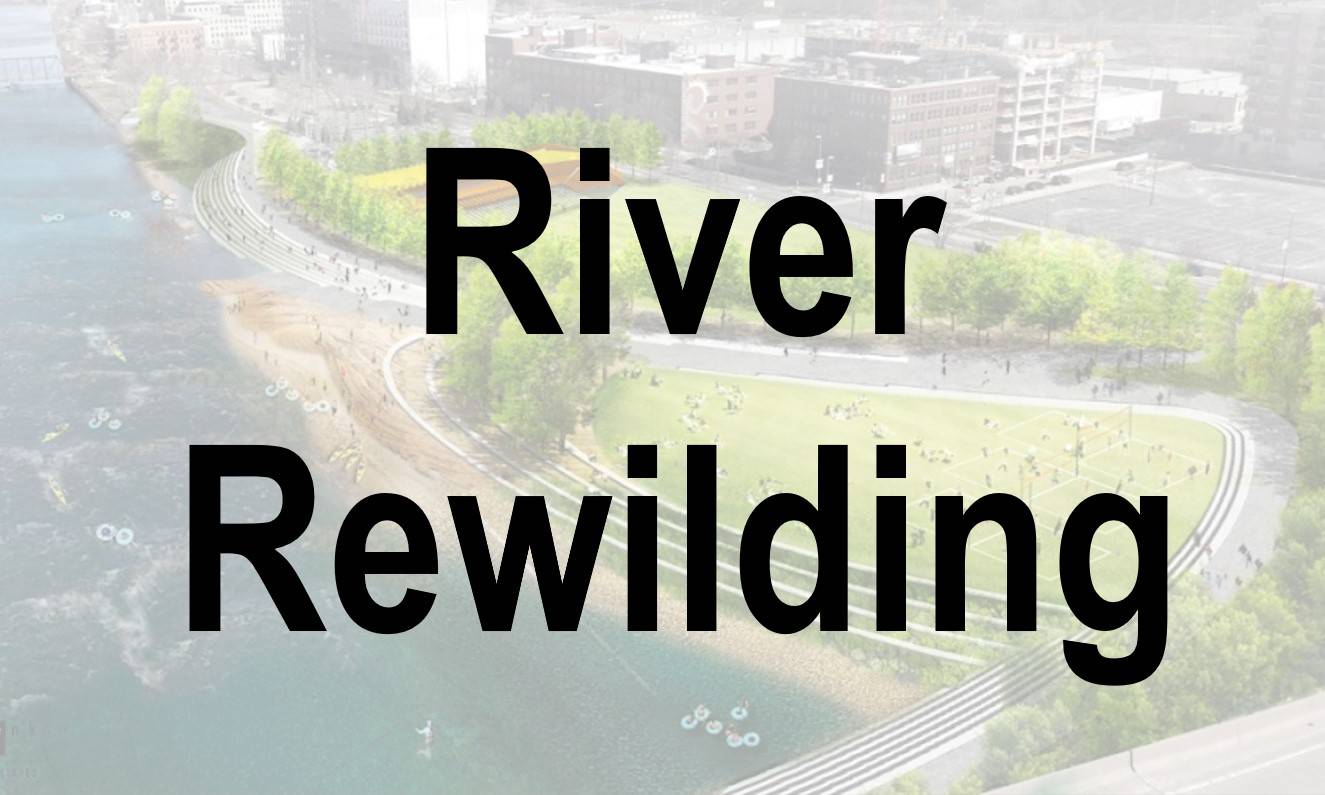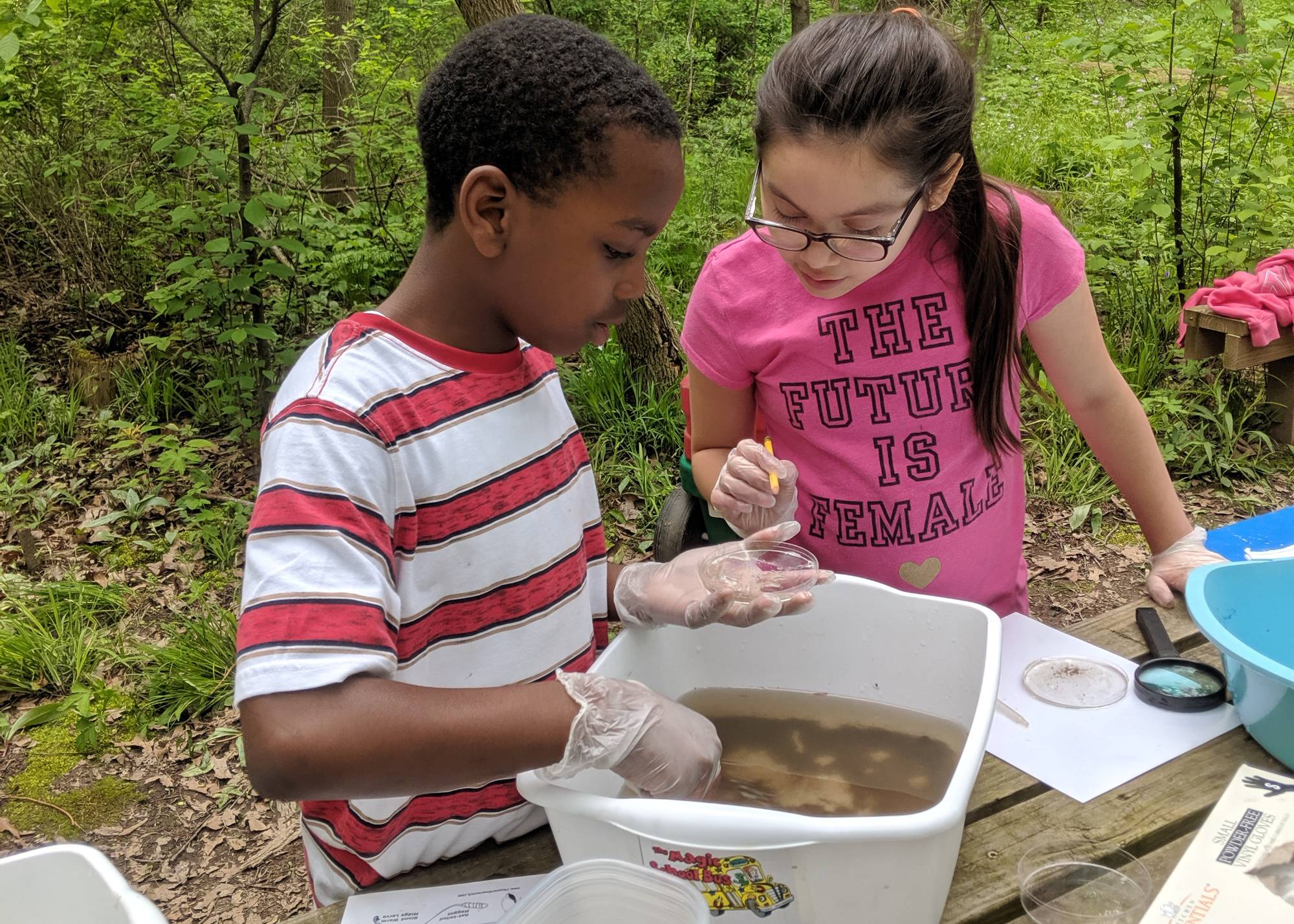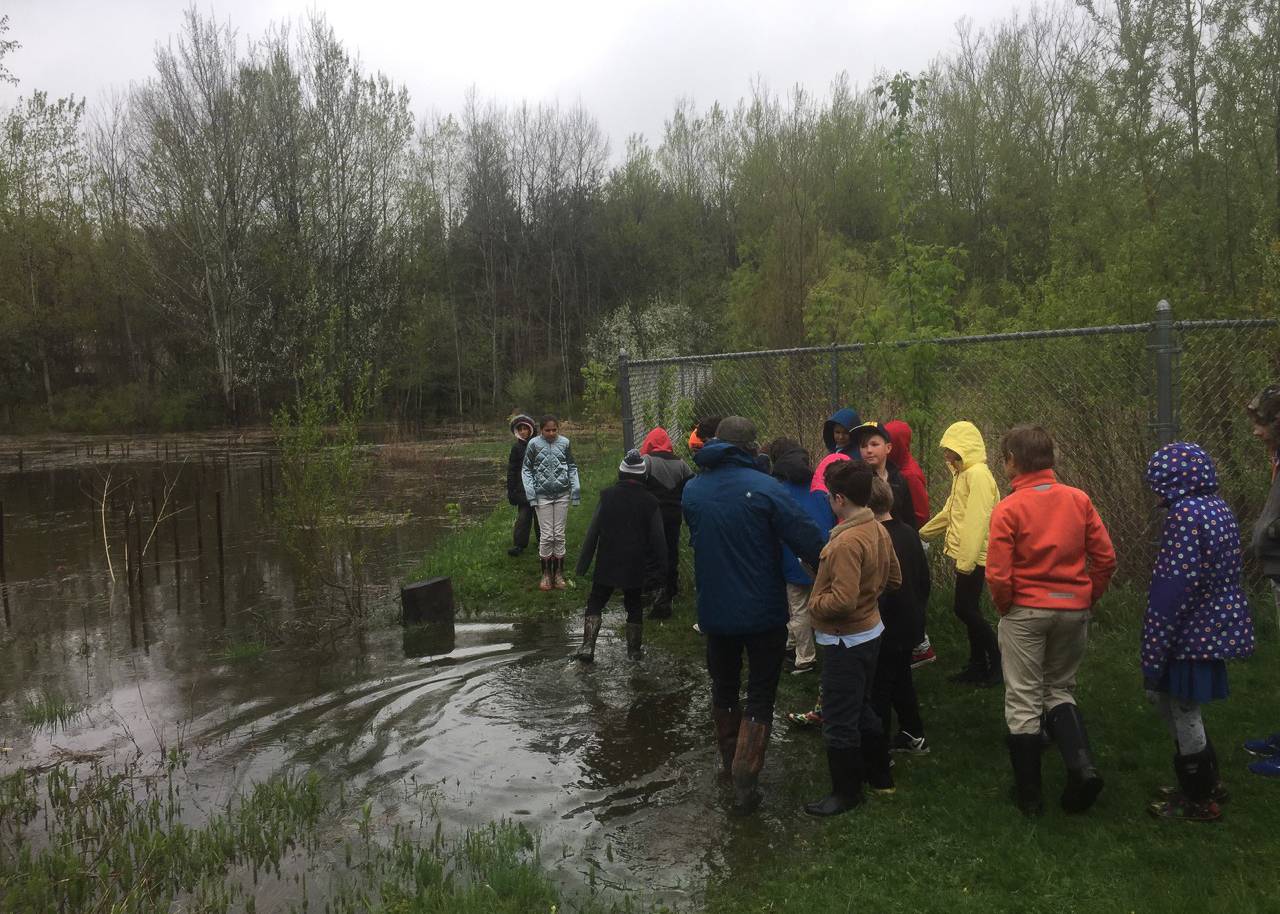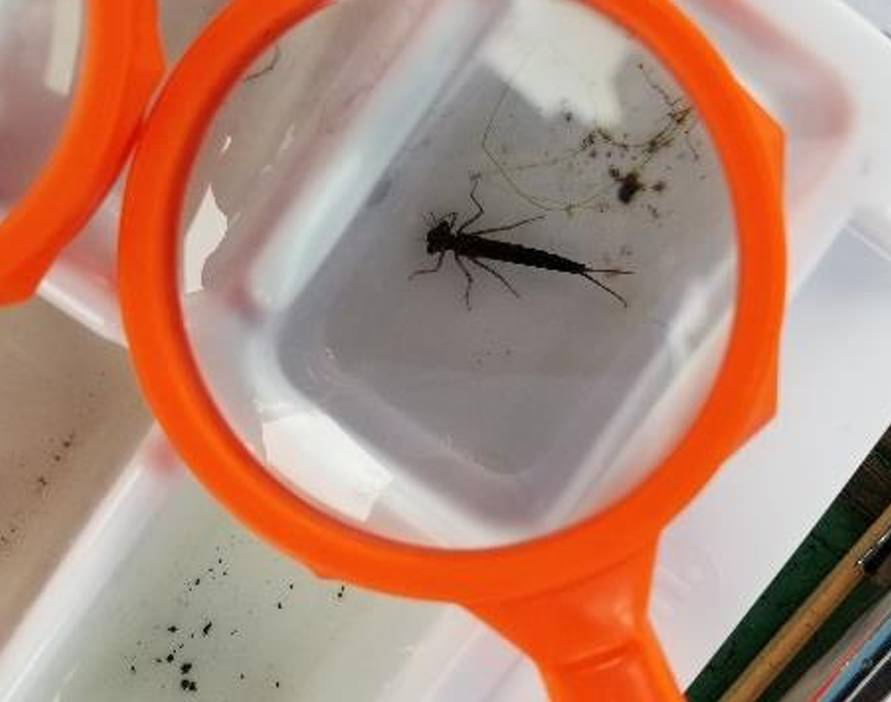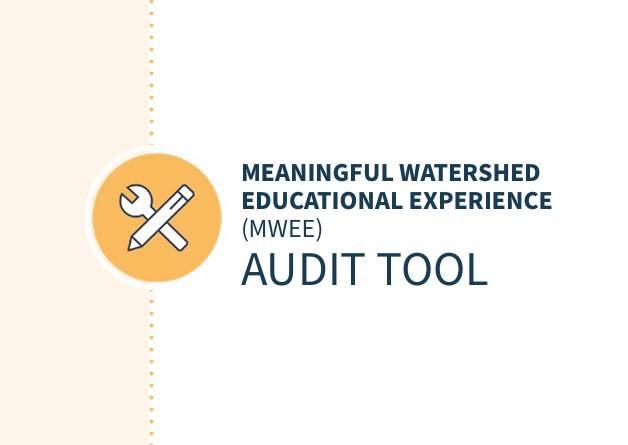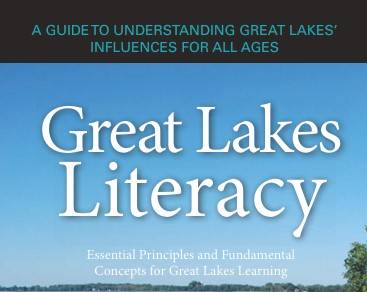MWEE Toolkit
The Great Lakes MWEE Toolkit was Created in Partnership with the Support of NOAA.
Meaningful Watershed Educational Experience (MWEE) Toolkit
Are you looking to meet academic standards using hands-on learning to advance 21st-century skills while promoting stewardship and civic responsibility in your classroom and community? Implementing a Meaningful Watershed Educational Experience (MWEE) in your learning space is valuable for students, teachers, and the community. The MWEE toolkit is designed to guide you through the process.
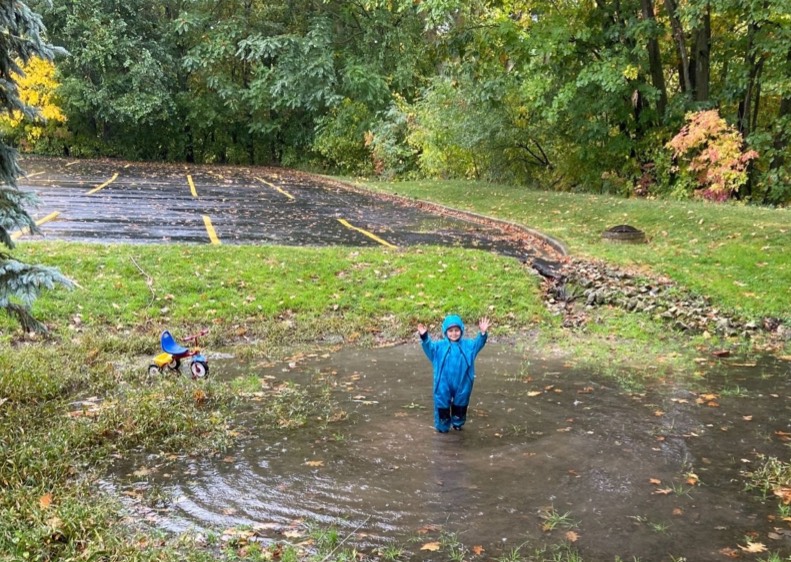
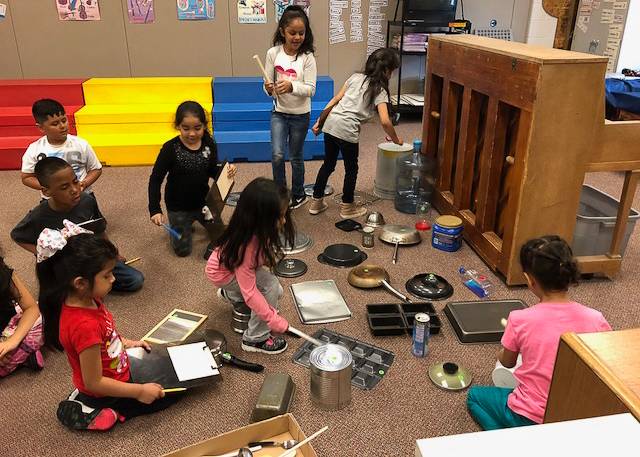
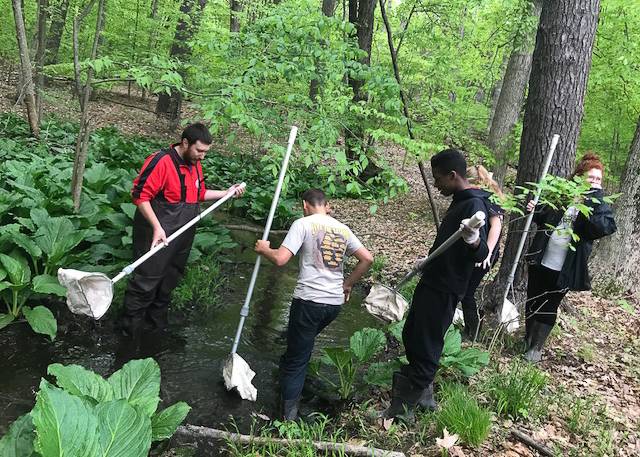
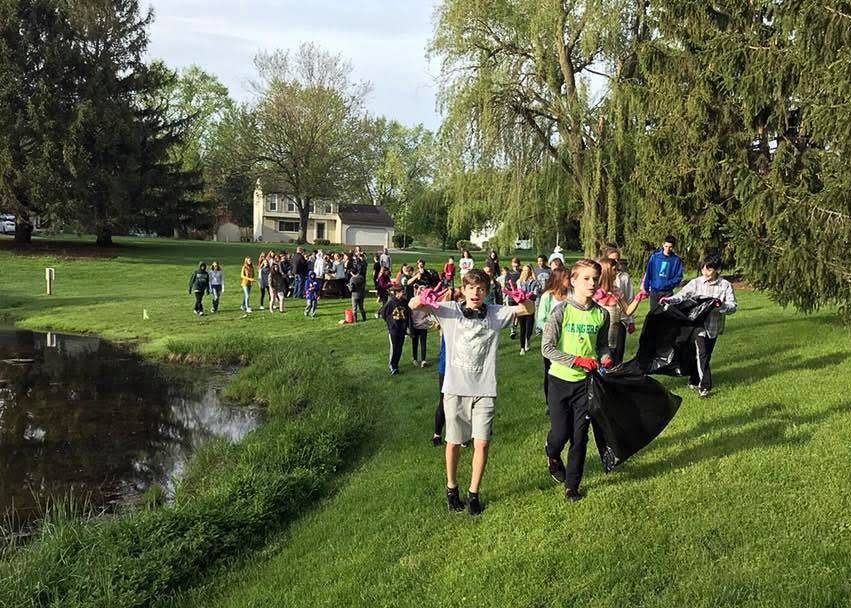
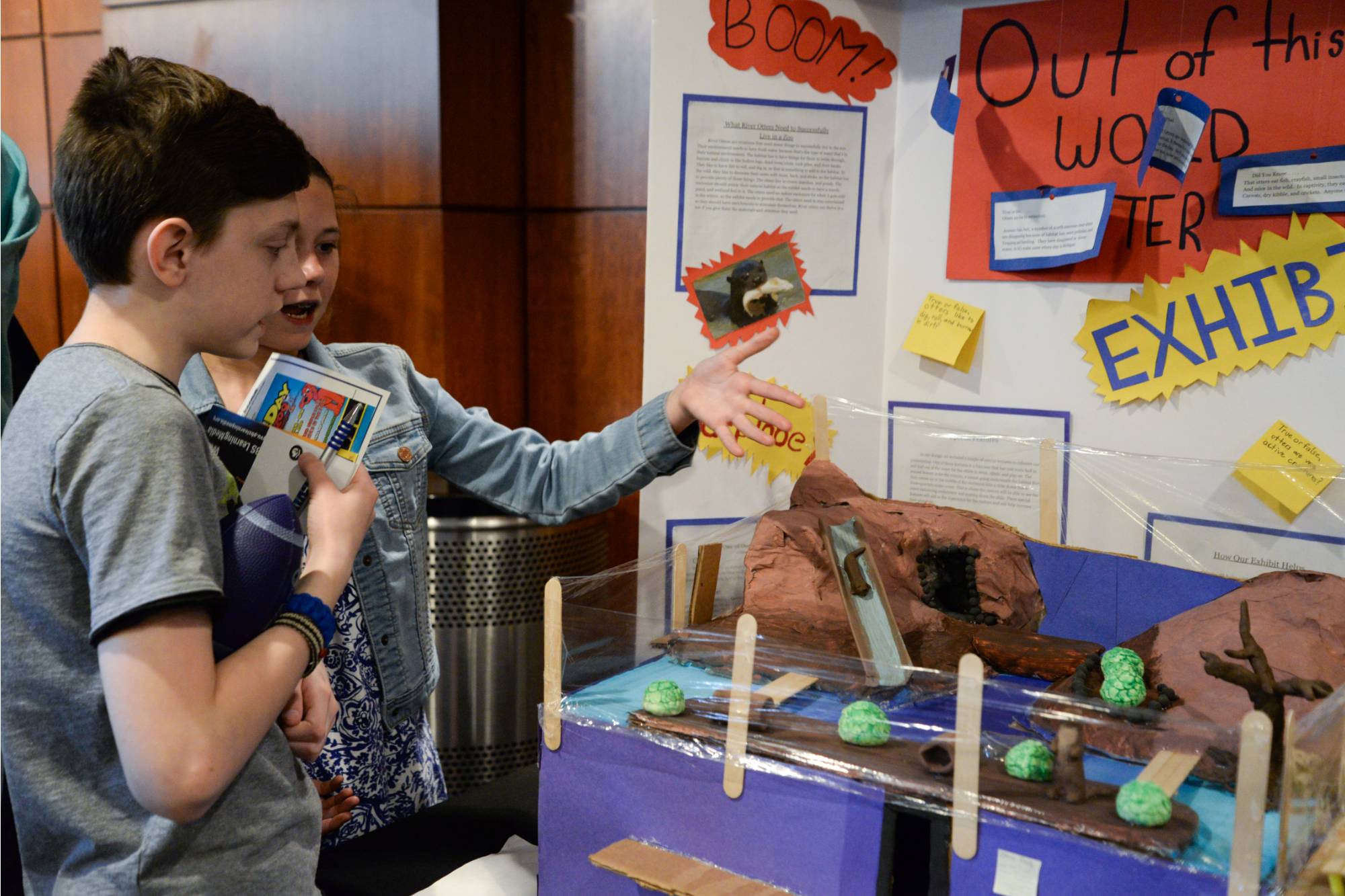
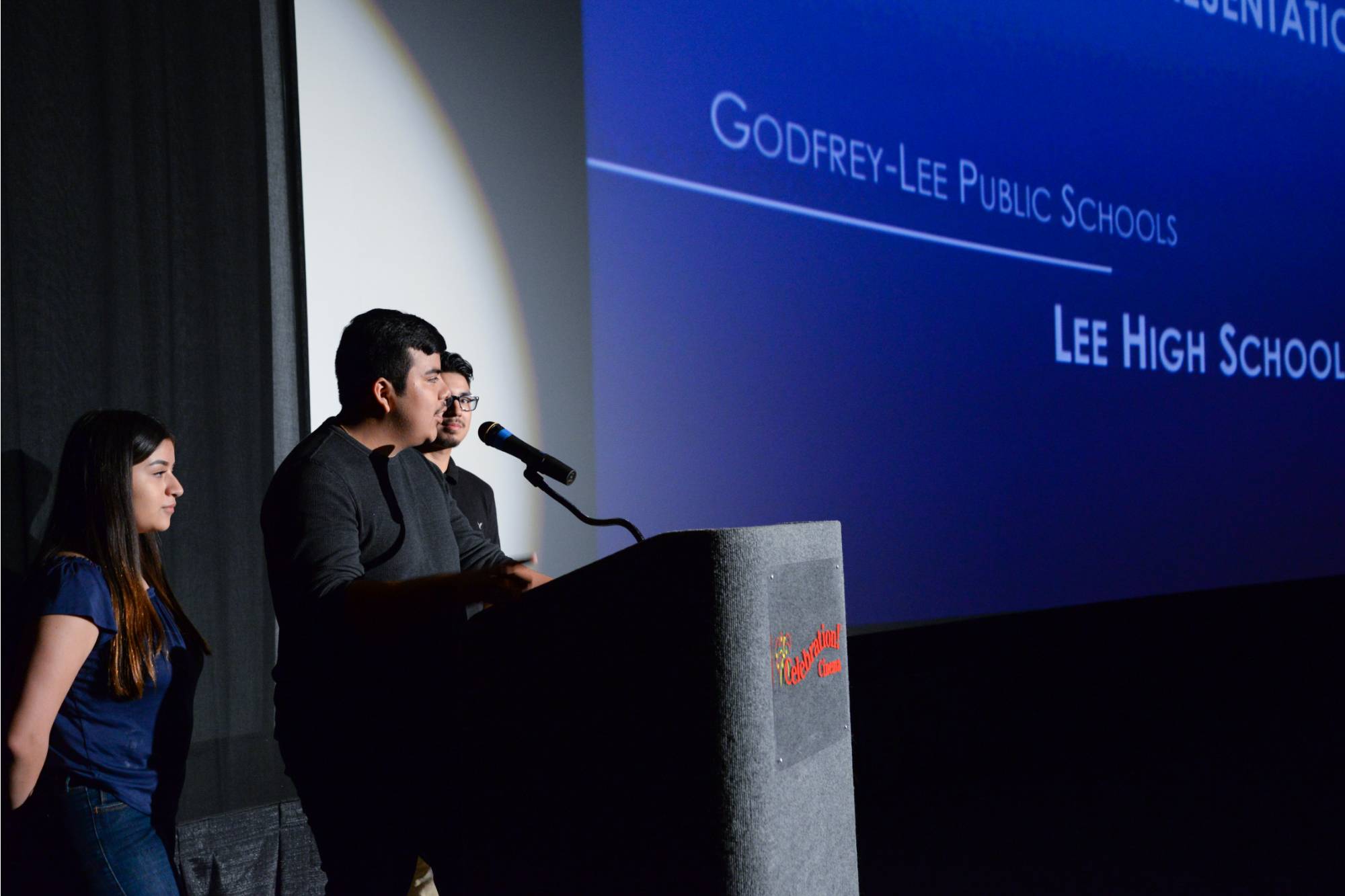
What's in the MWEE Toolkit?
The MWEE Toolkit provides web pages for the four essential elements, with supporting practices integrated throughout. Use the menu to navigate to an overview of each section or go directly to the individual web pages for each essential MWEE element: Issue Definition, Outdoor Field Experiences, Synthesis and Conclusions, and Environmental Action Projects.
What is a MWEE?
The above video was created in partnership with WGVU with NOAA support.
The Meaningful Watershed Education Experiences (MWEE) contains four essential elements that describe “what students do:” Issue Definition, Outdoor Field Experiences, Synthesis and Conclusions, and Environmental Action Projects. These elements, together with the supporting practices, create a learner-centered framework that emphasizes the role of the student in actively constructing meaning from the learning experiences.
Did you know: The essential elements are not meant to be linear. In fact, some elements, such as Synthesis and Conclusions, occur repeatedly throughout the MWEE.
Student voice (also sometimes referred to as youth voice) is supporting young people in taking a leading role in their education through inquiry and applied learning. Student voice may be considered a continuum where “student choice” is on one end and “student-led” is on the other. Encouraging student voice during a MWEE is vital for increasing student engagement and fostering a lasting environmental stewardship ethic in students. Giving students the opportunity to make decisions throughout the MWEE helps them to promote a belief in their abilities, realize that their voices matter in the community, and apply innovation and creativity to tackle real issues.
Learn more about incorporating student voice into each part of your MWEE.
Organize Your Thoughts into Plans!
With so many things to consider, planning a MWEE might seem both exciting and overwhelming at the same time. To organize your ideas, start with the MWEE Think Cloud planning tool. This tool can help you with initial brainstorming about program ideas, collaborators, and resources and can be used to facilitate planning conversations with partners and team members.

MWEE Essential Elements
During Issue Definition, students learn about an environmental issue by planning and conducting background research and investigations. To structure this work, students focus on a driving question the teacher defines. This “big picture” question sparks curiosity and organizes student inquiry and investigations, which ultimately informs environmental actions. It should be open-ended, relevant to students’ lived experiences, and meet learning objectives.
On the Issue Definition webpage, you will find:
- An overview of the MWEE Element: Issue Definition and classroom connections
- Connection to your place with an overview of how to build local context
- Ideas for how to incorporate MWEE's into your classroom
- NOAA Environmental Literacy Model planning pages
- An overview of MWEE issue investigation components
- An exploration of local issues in your community
- An audit tool for the Issue Definition element of your MWEE
MWEE Supporting Practices
The MWEE also includes four supporting practices that describe “what teachers do,” along with their partners, to ensure successful implementation with students. The supporting practices are Teacher Facilitation, Learning Integration, Sustained Experiences, and Local Context.
In the teacher facilitation supporting practice, teachers balance facilitation, direct instruction, and coaching roles to create a student-centered learning experience where the essential elements of the MWEE come together. This supporting practice can be enhanced through collaboration with local community partners.
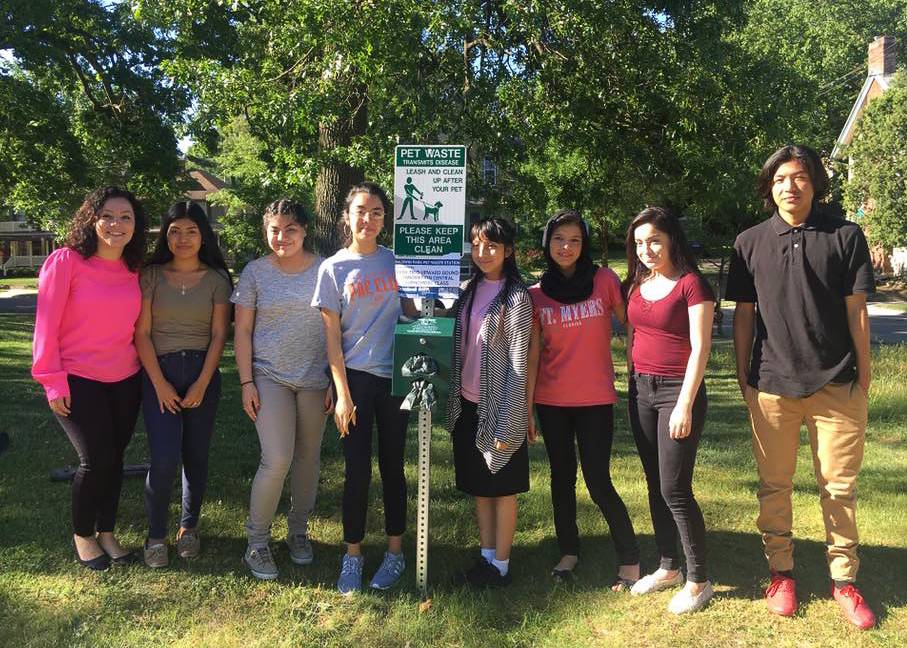
Great Lakes Literacy Principles (GLLP)
The above video was created in partnership with WGVU with NOAA support.
What are the Great Lakes Literacy Principles?
Great Lakes literacy is an understanding of the Great Lakes’ influences on you and your influence on the Great Lakes. There are eight Great Lakes Literacy Principles that describe fundamental concepts about the characteristics, functioning, and value of the Great Lakes.
Curriculum Anchor
It’s important to think about how the MWEE fits into the scope and sequence of the curriculum. These clearly defined curricular connections enable teachers and school leaders to see how the MWEE supports existing goals for learning rather than being something “extra.”
In many cases, the project-based nature of MWEEs allows for cross-curricular explorations and learning. Consider the possibility of involving teachers from across disciplines and content areas in your MWEE.
There are many curriculum resources available to support your MWEE work, and they can be found on the Curriculum Anchor Page.
Designed to build a solid understanding of watersheds and nonpoint source pollution, the Communities for Clean Water lesson series covers the following topics: introduction to watersheds and water pollution, managing excess sediment, managing pathogens, and managing excess nutrients.
Groundswell partnered with WGVU and the GVSU Annis Water Resources Institute to create this series of educational videos and lesson plans about nonpoint source pollution. Nonpoint source pollution is one of the biggest threats to healthy lakes, streams, and rivers.
Where to Start: Educators New to the MWEE Process
Check out the Where to Begin page to guide the beginning of your MWEE journey!
Beginning a Meaningful Watershed Educational Experience (MWEE) can initially feel overwhelming, but the MWEE toolkit has been designed to support you along the way! The MWEE is a powerful education framework, and there are many benefits to implementing a MWEE in your learning space!
Feel free to explore the entire MWEE toolkit to learn more about the multiple components of a MWEE that are designed to connect students with their local environment and equip them to make decisions and take actions that contribute to stronger, sustainable, and equitable communities. You can also get started with the resources highlighted in the Where to Begin page, which is designed for educators new to the MWEE process.
Where to Grow: Educators Experienced in the MWEE Process
Are you experienced with implementing MWEE's in your classroom? Feel free to explore the entire MWEE Toolkit, or check out the featured resources to strengthen your MWEE work.
Toolkit Standards Alignment
Build curriculum connections with the Toolkit Standards Alignment page.
MWEEs are not meant to be added as extra lessons or units. A MWEE can become the foundation for the standard curriculum you offer your students. Discover ways to meet the state standards while facilitating a MWEE in your learning space. Visit the Toolkit Standards Alignment page to find out more.
NOAA MWEE Toolkit Document Links
Throughout the MWEE Toolkit, links to many planning documents and resources are shared to support you as you incorporate a MWEE into your learning space. For easy access to the materials, NOAA documents from the MWEE Essential Elements web pages are available on the Toolkit Planning Documents page. You can also use the buttons to the right to navigate to NOAA documents supporting your efforts in each of the specific components of the MWEE process.
Toolkit Video Library
Visit the Toolkit Video Library!
Check out the Toolkit Video Library for a one stop webpage for all of the videos! Videos found throughout the toolkit are all available on the Toolkit Video Library page, organized by toolkit webpage for easy access.
Attributions
This toolkit would not have been possible without the generous support of our funders. Visit the Attributions page to learn more.
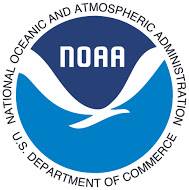
Have a Question?
Ask Groundswell staff your questions about the MWEE Toolkit or about the process of implementing a MWEE in your learning space using the Groundswell Contact Us Form.

